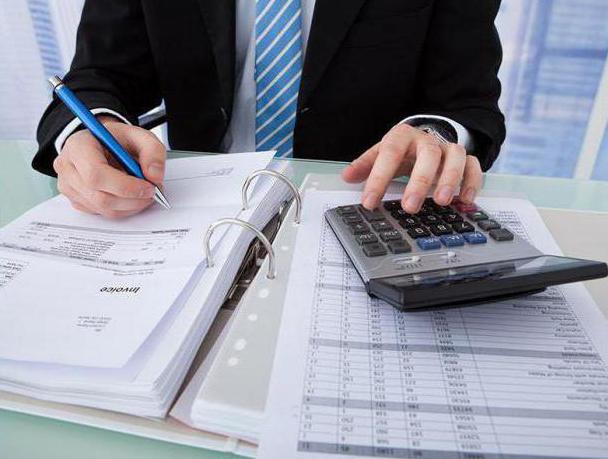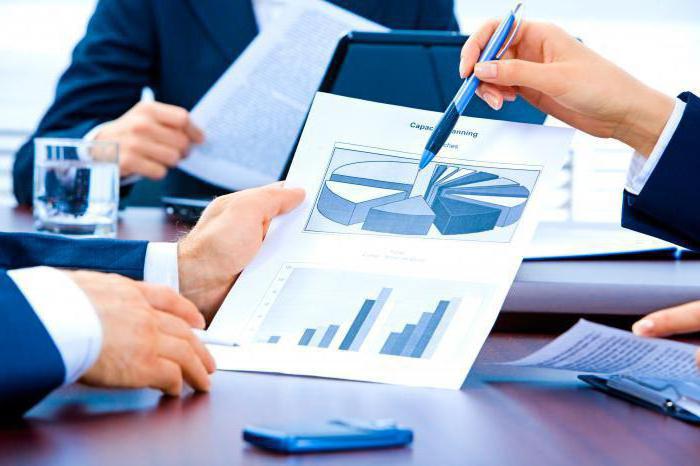In order to establish profitable production, it is necessary to accumulate and analyze information about its elements. In this article, we will consider the stages, features and types of economic accounting of tangible and intangible assets of an enterprise, as well as the types of operations by which accounting is performed.
The concept of economic accounting
The need for business accounting arose in antiquity in connection with the need for production management. Since the production process itself was at a primitive level at that time, the accounting of economic activity corresponded to it and was reduced to counting tools, as well as stocks of food and household goods acquired by the community. With the growth of production activity not only at the micro, but also at the macro levels, business accounting has also turned into a powerful and well-developed management system. Its subject matter is all the assets and resources that participate in the operation of the enterprise: material and technical base, labor resources and working capital of the organization.
Economic accounting is a process of continuous measurement of quantitative indicators of current processes and resources of an enterprise involved in the production and sale of products. Economic accounting and types of business operations allow for the effective management of the strategic development of the organization. Evaluation of economic activity is carried out as a result of the collection of information and subsequent analysis in dynamics. 
Stages of modern business accounting
Economic accounting (HU) is a time-consuming process that goes through several stages that make up its content:
- Observation is the first stage of information management, which allows to form in the manager’s mind a primary idea of economic processes.
- Quantitative measurement of data, often presented in the form of the volume of services rendered or manufactured products, expended raw materials and labor resources, etc.
- Registration of the measured characteristics of economic phenomena in the relevant documents, which serve as the basis for the analysis and control of the organization.

Types of economic accounting and its meters
Since the first elements of control and registration of business data appeared, business accounting has undergone many modifications, new types of asset management have appeared. Today, the following main types of business accounting are distinguished:
- Operational accounting - preceded accounting and was used even in ancient times, when there were no information carriers. In modern times, it plays an extremely important role, allowing you to control the movement of finished products, spent raw materials, spent man-hours, etc.
- Accounting - is reflected in special information media related to the accounting documentation of the enterprise.
- Statistical - like other types of business accounting, it allows you to control business processes and develop a strategic organization concept based on recorded data. The main difference of this XY method is that it uses operational and accounting data as initial information.
To reflect the quantitative indicators of the enterprise, different types of measuring instruments of economic accounting are used, including labor, in-kind, and monetary. Let's consider them in more detail.
Natural meters
To reflect the quantitative assessment of material objects involved in the activities of the enterprise, natural meters are used. They express the quantity (pcs.), Measure (length, area, volume - depending on the nature of the reportable object) and weight (g, kg, ton) of not only the products manufactured, but also the raw materials and production equipment expended. The disadvantage of natural meters is the limited scope, since they are used to account only for homogeneous objects. 
Labor meters
The group of labor meters is designed to measure the amount of labor spent on the production of the final product of the enterprise. Their working tools are time values: hour, day, man-hours. Unlike natural meters, labor can give not only a quantitative assessment of economic processes, but also a qualitative one. Thus, with their help, along with the calculation of the amount of time spent, the labor productivity of the team and each employee individually, as well as the complexity of the production area or a specific commodity position, are also calculated.
Cash meters
The group of money meters (money) is of great importance in assessing the final results of the organization’s activities, since they are used to calculate such important indicators as gross income and profitability of the company. In addition, cash meters reflect the value of any tangible and intangible assets involved in the production and distribution processes of the enterprise. Money is a generalizing measurement tool that operates with all types of accounting in the system of economic accounting. Monetary indicators are closely interrelated with in-kind and labor and are used in practice together. The single unit of measure is the ruble or other generally recognized currency. 
Operational accounting
The operational type of business accounting is designed to accumulate information about the current processes and obligations of the enterprise by authorized structures in order to transfer them to management to ensure the day-to-day management of the organization. Data collection and transfer to governing bodies can be done in writing (according to regulatory documents) or orally, including using communication tools in the form of telephone, fax, mail, etc. These data make it possible to keep track of the work being done daily, as well as monitor production, execution obligations to customers and suppliers, distribution of funds for labor remuneration and for technical equipment. In addition, operational accounting allows you to generate the appropriate conclusions about the current activities of the enterprise and its units for operational planning and development of the necessary recommendations. Examples of operational accounting: the number of products sold per day / shift, recording the time an employee arrived at the workplace, collecting information about current purchases. 
Accounting
Accounting is the core of the information system of any organization, the main purpose of which is the collection and processing by certain methods of information from all departments of the enterprise. Types of business and accounting, including, have their own characteristic features. Thus, accounting is distinguished by the following properties:
- Information on business transactions is collected continuously from the moment of formation of the enterprise to its liquidation.
- Data is recorded only in documents of a standard form, including strict reporting.
- The recorded information is reflected in kind and necessarily in cash.
- It covers all business processes in which the receipt, movement and distribution of material assets are involved.
- Along with the movement of assets within the enterprise, accounting reports also cover the obligations of the organization. Example: periodic and timely tax payments to the state treasury.
- Data processing by special regulated methods (balance sheet and accounts, double entry, etc.).
- Accounting is carried out strictly in accordance with state regulations in this area (draft laws on accounting and tax collections).

Accounting in its focus can conditionally be divided into financial and managerial. The scope of financial accounting is the largest part of the enterprise’s operations related to assets and liabilities, investments, profitability indicators, the analysis of which makes the financial statements of the organization. The results of financial accounting are interesting both for internal use and to interested parties outside the enterprise: creditors, depositors, and authorized government agencies. Management accounting data, on the contrary, is accessible only to the governing structures, since they contain intermediate information used by managers to solve current problems, for example, to fulfill a production plan.
There are also different types of business transactions in accounting. In operations of the first type, only the asset of the enterprise changes, both in the positive and in the negative direction. The second type deals only with liability items, the third one records an increase in an asset and liability, and the fourth one records their decrease.
Statistical Accounting
Considering the types of accounting of economic activity, it is impossible not to mention the statistical accounting. Its distinguishing feature is the registration and analysis of business processes over a long period of time. Statistics are of great importance for general economic analysis, as well as for strategic planning and management. Information processing is carried out by special methods, including a summary, grouping, indices, coefficients, etc.

Summary
Any business activity consists of periodically repeating processes for the effective management of which requires the constant collection and analysis of information about the internal operations of the enterprise. These data are made available for use by interested parties through the maintenance of an accounting system. All types of business accounting (operational, accounting, statistical) are closely interconnected and in practice are used together with each other.